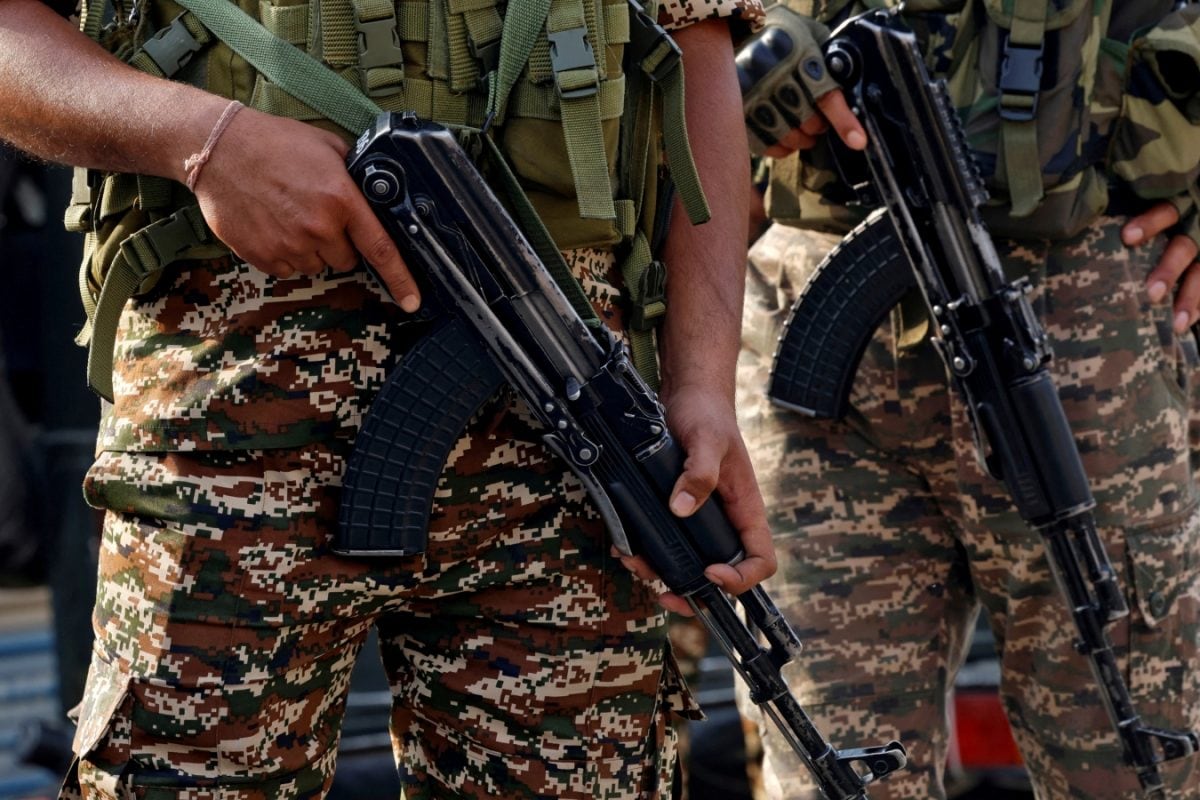

In a decisive response to the recent terrorist attack in Pahalgam that killed 26 civilians, Indian forces executed "Operation Sindoor," targeting nine terror locations inside Pakistan and Pakistan-occupied Kashmir. The operation, confirmed by the Indian Army, involved the strategic deployment of SCALP cruise missiles and HAMMER precision-guided munitions, launched from Rafale fighter jets. This operation highlights India's capability to strike deep into enemy territory with precision, minimizing collateral damage and avoiding the need for ground troop engagement.
The SCALP (Storm Shadow) missile, manufactured by MBDA, is a long-range, air-launched cruise missile designed for precision strikes against high-value, fixed targets. Weighing approximately 1,300 kg, it is conventionally armed and excels at destroying fortified bunkers and critical infrastructure. Its stealth capabilities and exceptional accuracy make it ideal for targeting command centers, airfields, and other strategic assets deep within hostile territory. During Operation Sindoor, SCALP missiles were likely used to strike targets located farthest from the Line of Control, ensuring the destruction of key terrorist infrastructure.
The HAMMER (Highly Agile Modular Munition Extended Range) is an all-weather, smart weapon of French origin that allows pilots to engage ground targets from a standoff range of up to 60 km. It consists of a guidance kit and a range extension kit fitted on a standard bomb of the Mk80 series. This precision-guided munition is fully autonomous and unaffected by jamming, making it difficult to intercept and ideal for penetrating fortified structures. In Operation Sindoor, HAMMER missiles were deployed to strike medium-range targets, including potentially mobile assets of terror outfits, requiring adaptable missile guidance.
The selection of targets for Operation Sindoor was based on credible intelligence inputs, focusing on facilities involved in perpetrating terror activities. The operation specifically targeted key bases of terrorist outfits, including Jaish-e-Mohammad in Bahawalpur and Lashkar-e-Taiba in Muridke, both known for orchestrating terror attacks within India. The strikes reportedly destroyed multiple LeT and JeM training facilities.
Wing Commander Vyomika Singh emphasized the careful selection of warheads to ensure no collateral damage. The Indian Army highlighted its "considerable restraint in the selection of targets and method of execution," ensuring that only terrorist infrastructure was targeted, while military installations were left unharmed. This approach underscores India's commitment to精准打击 and minimizing unintended consequences.
The use of SCALP and HAMMER missiles in Operation Sindoor demonstrates India's advanced military capabilities and its readiness to respond decisively to terrorist threats. These precision strikes serve as a strong message to terrorist organizations and their sponsors, highlighting India's resolve to protect its citizens and maintain regional stability. The success of the operation underscores the effectiveness of India's strategic planning and the capabilities of its armed forces in neutralizing terrorist infrastructure.